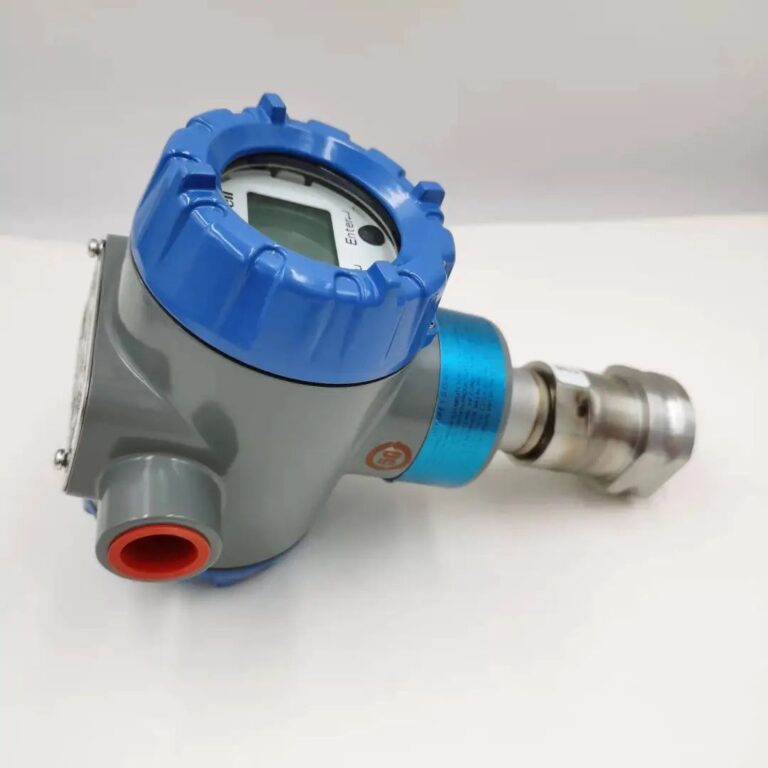The zero point of the pressure transmitter is absolute vacuum, so the measurement range of an absolute pressure transmitter is generally from zero to an upper limit value.
An Absolute Pressure Transducer is a device used to measure absolute pressure. Absolute pressure refers to the pressure relative to a vacuum, meaning the reference for an absolute pressure is zero absolute pressure (vacuum), which is different from atmospheric pressure. The absolute pressure transmitter converts the pressure signal into a measurable electrical signal through a sensor, typically outputting a current signal (such as 4-20mA) or a voltage signal. This type of device is widely used in industrial automation, instrumentation, and control systems to monitor and control various pressure applications, such as gas or liquid pressure monitoring.

To fully understand the zero point of an absolute pressure transmitter, it is essential to grasp the concept of the absolute pressure transmitter. Understanding its principle involves knowing the types of pressure measurements. Absolute pressure transmitters are one of the three types of pressure measurement (the other two being gauge pressure and differential pressure).
- Gauge Pressure: This measures pressure relative to atmospheric pressure.
- Differential Pressure: This measures the difference between two pressure points on a surface.
- Absolute Pressure: This measures pressure relative to a vacuum, with vacuum as the reference point. The smaller the vacuum, the higher the absolute pressure.
The zero point of an absolute pressure transmitter is absolute vacuum (zero absolute pressure). Therefore, the measurement range of an absolute pressure transmitter typically starts from zero and goes up to a specified upper limit. This device converts the pressure signal into a measurable electrical signal, such as a current signal (e.g., 4-20mA) or a voltage signal, and is widely used in industrial automation, instrumentation, and control systems for monitoring and controlling various pressure applications, such as gas or liquid pressure monitoring.

During operation, the isolation diaphragms and fill fluid on the high and low pressure sides transmit the process pressure to the fill fluid. The fill fluid then transfers the pressure to the sensing diaphragm at the center of the sensor. The sensing diaphragm is a tensioned elastic element that displaces in response to the applied pressure. For gauge pressure (GP) transmitters, atmospheric pressure acts on the low pressure side of the sensing diaphragm. In absolute pressure (AP) transmitters, the low pressure side always maintains a reference pressure.
The maximum displacement of the sensing diaphragm is 0.004 inches (0.1 millimeters), and this displacement is proportional to the applied pressure. Capacitor plates on either side detect the position of the sensing diaphragm. The difference in capacitance between the sensing diaphragm and the capacitor plates is converted into a corresponding current, voltage, or digital HART (Highway Addressable Remote Transducer) output signal.
This mechanism ensures accurate measurement of pressure by converting physical displacement caused by pressure into a reliable electrical signal, suitable for monitoring and control applications in various industrial settings.
